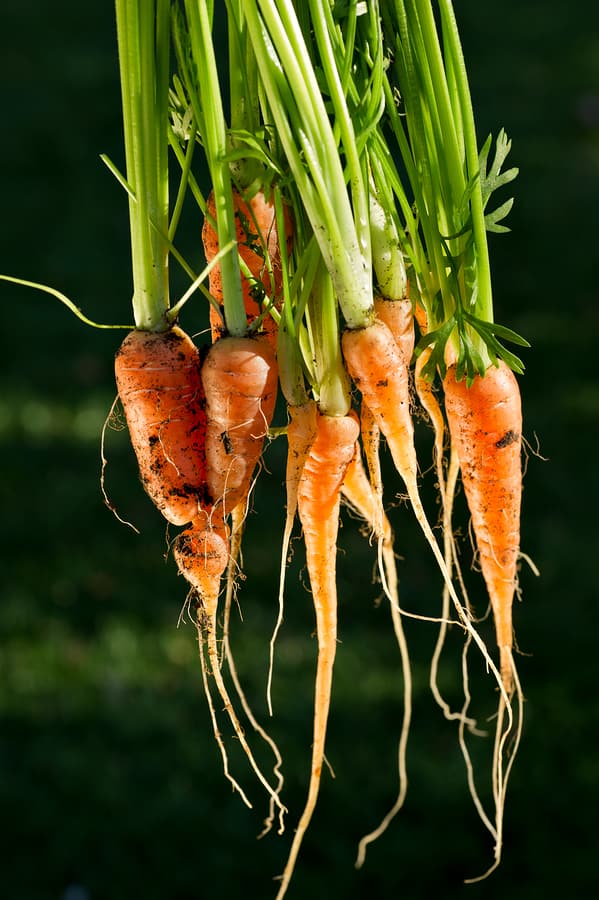Nemesia Care: Tips and Varieties for Success
Nemesia is a charming and versatile flowering plant known for its vibrant colors and delicate, fragrant blooms. Originating from South Africa, nemesia is typically grown as an annual, though it can be perennial in warmer climates. Here’s a detailed overview of nemesia and how to use it in the home garden: Characteristics of Nemesia Ideal…






